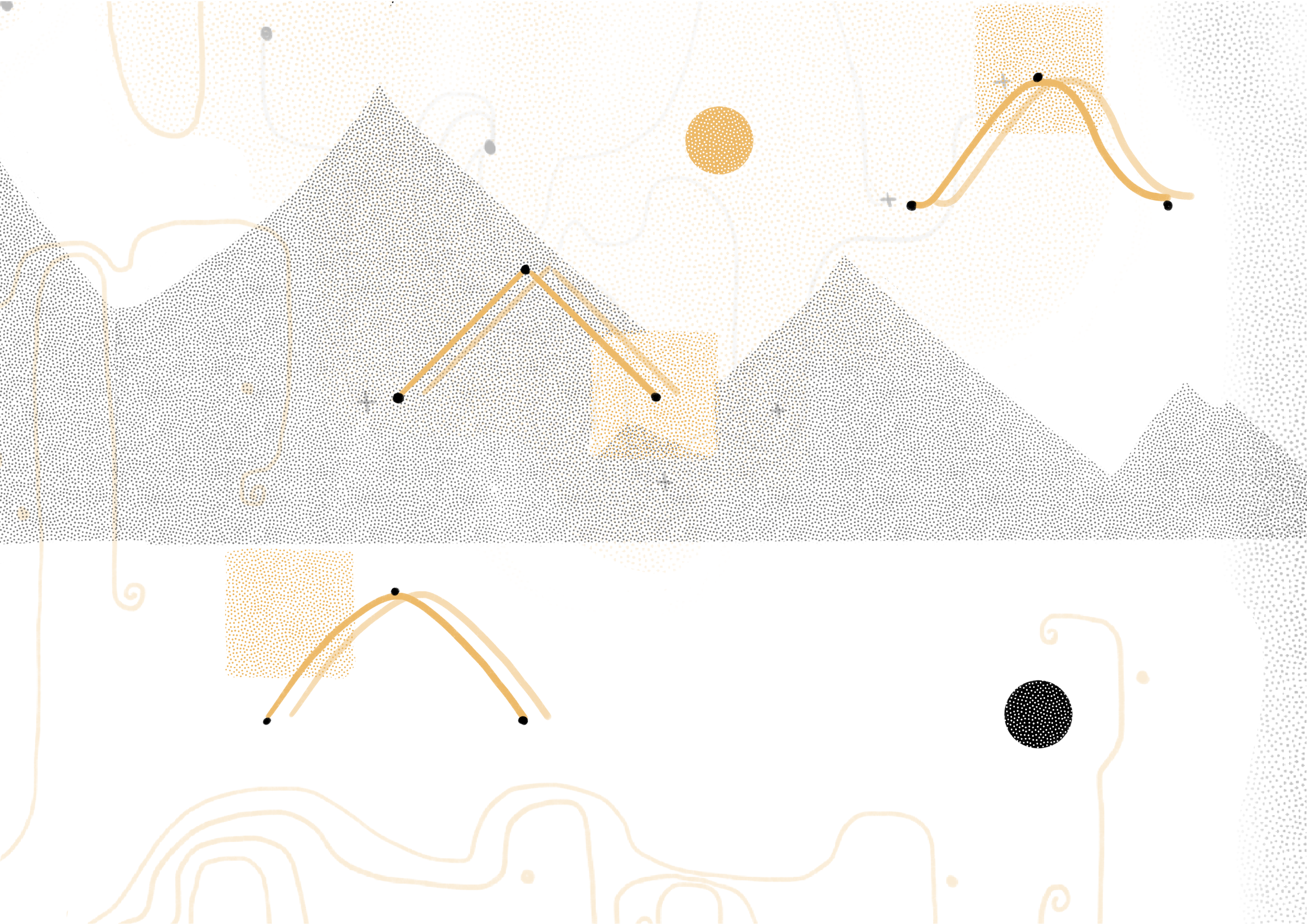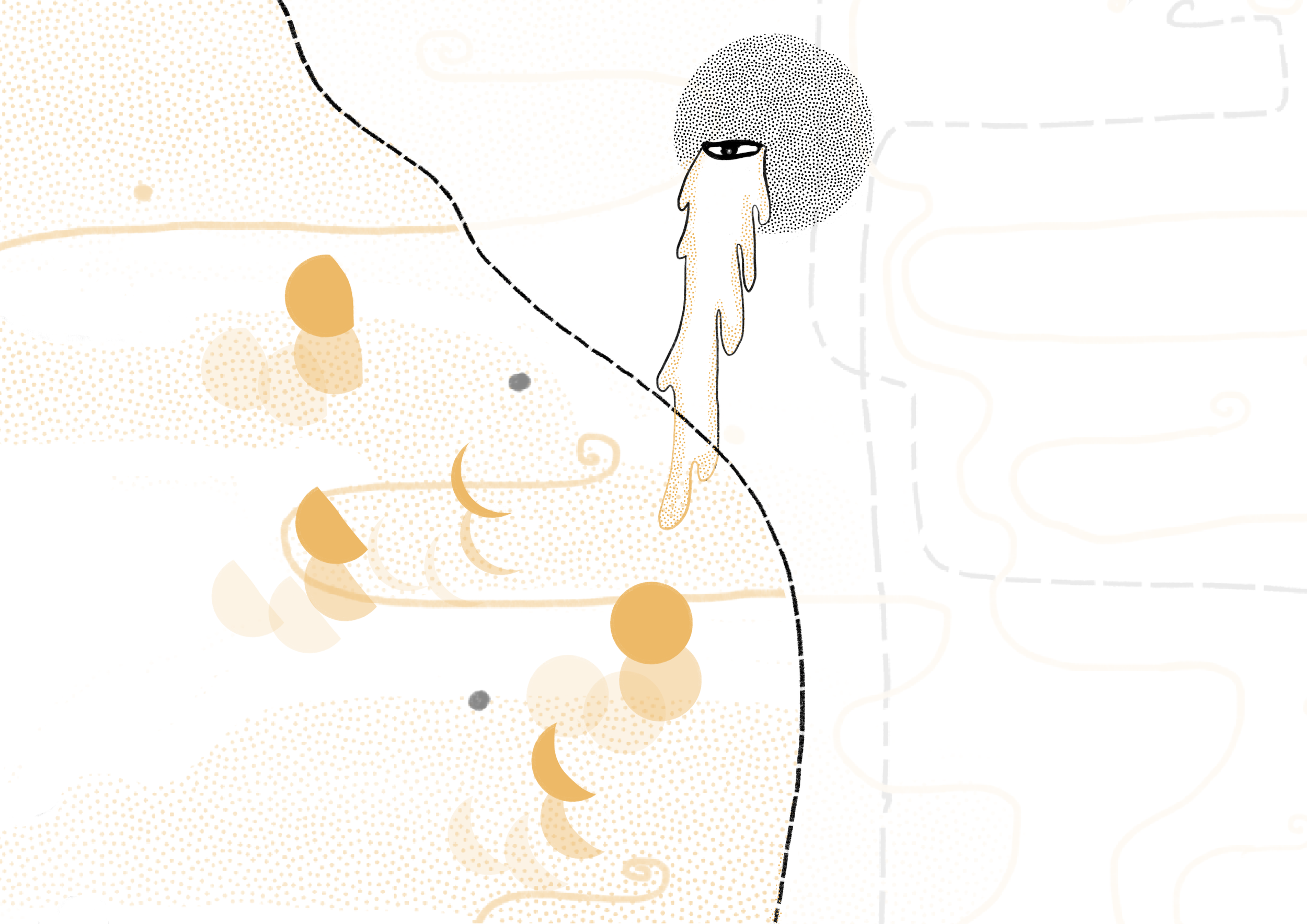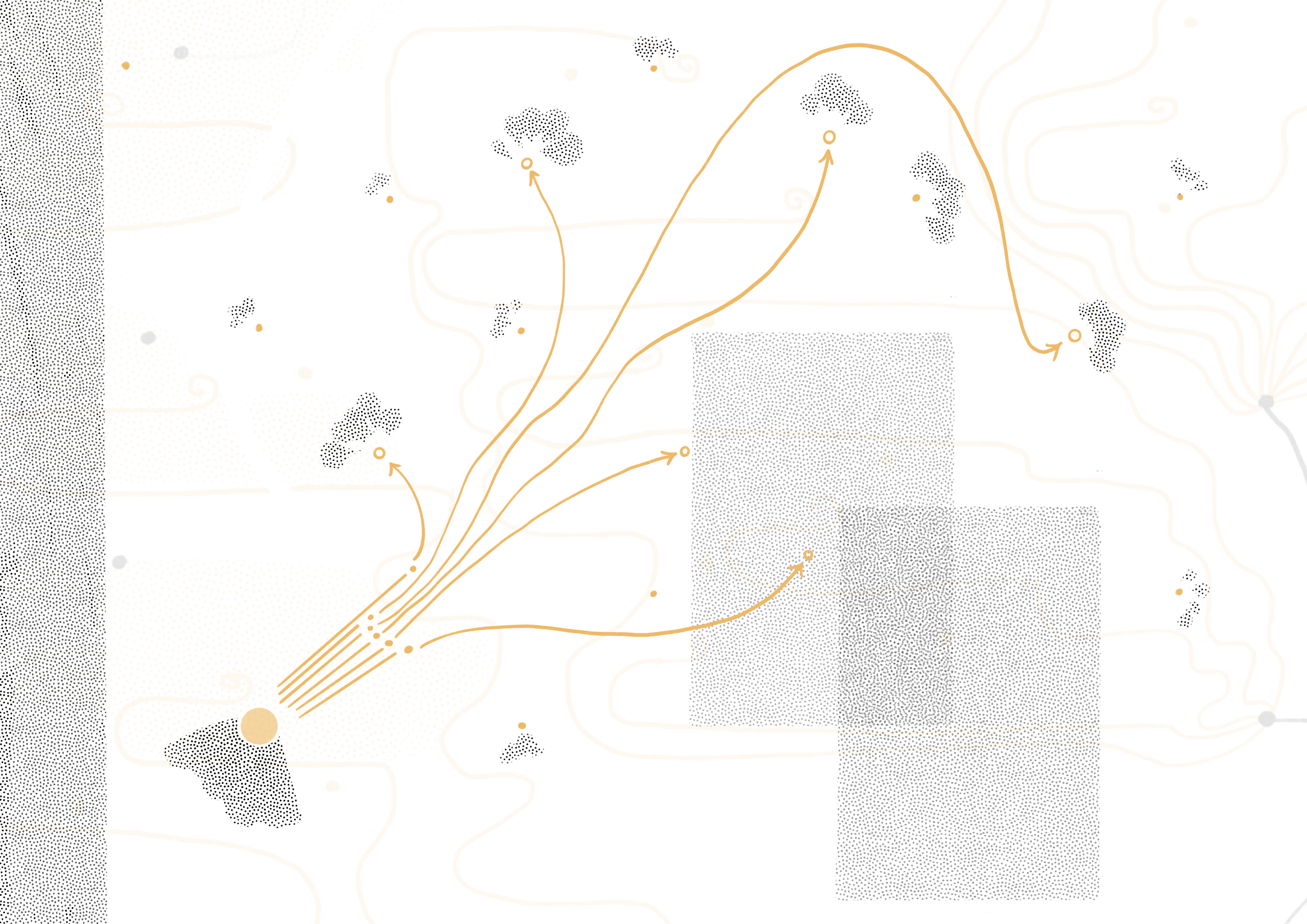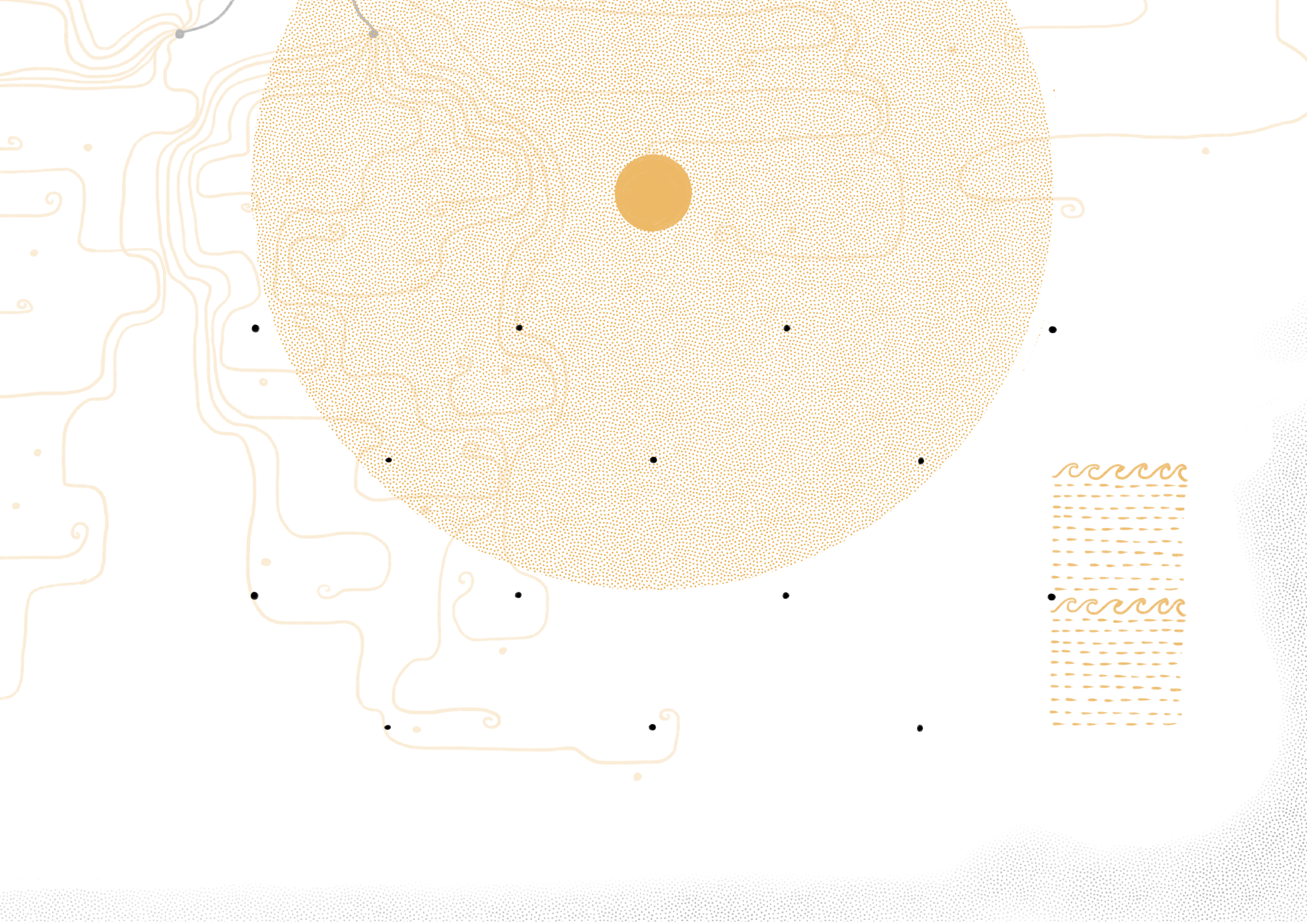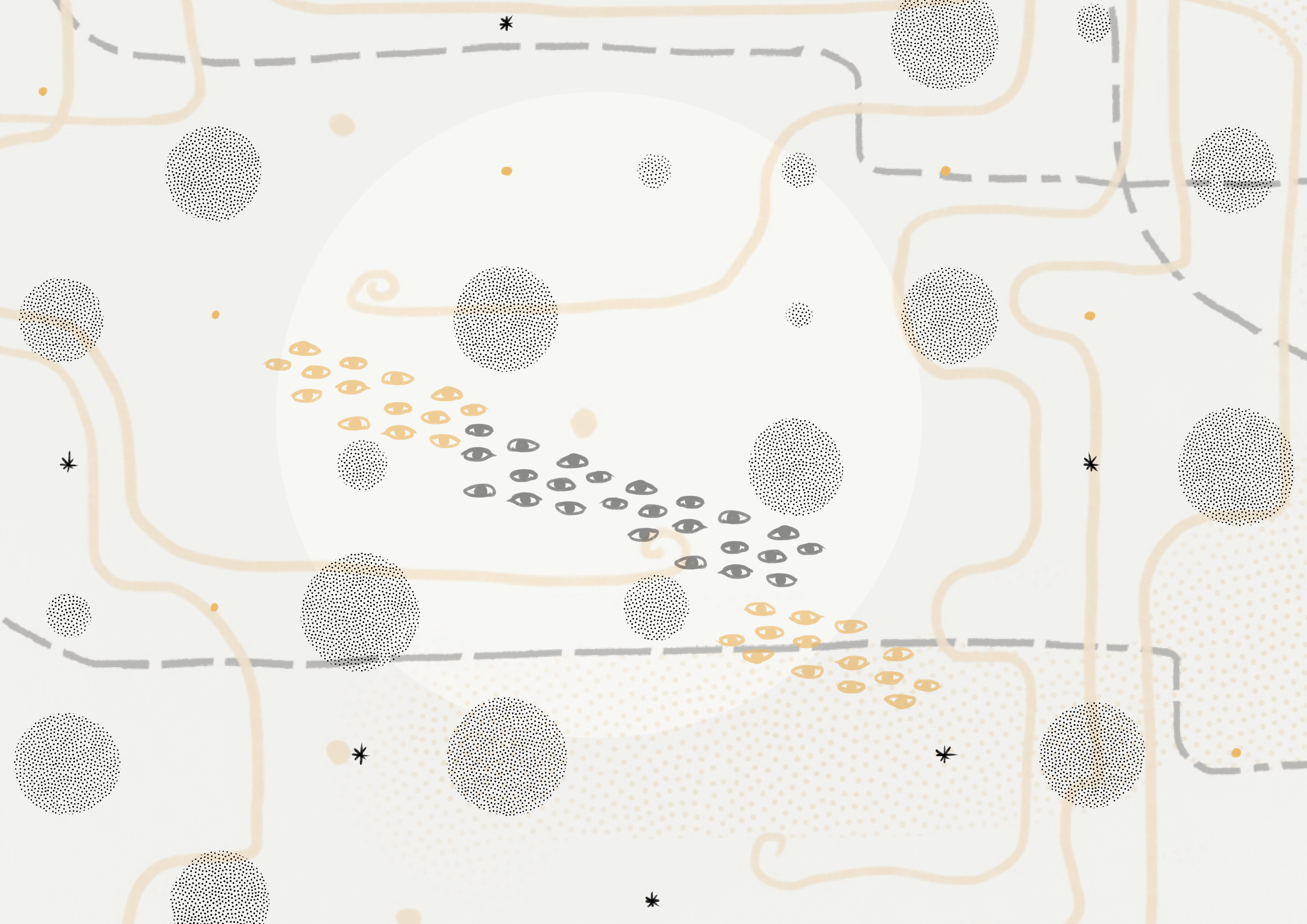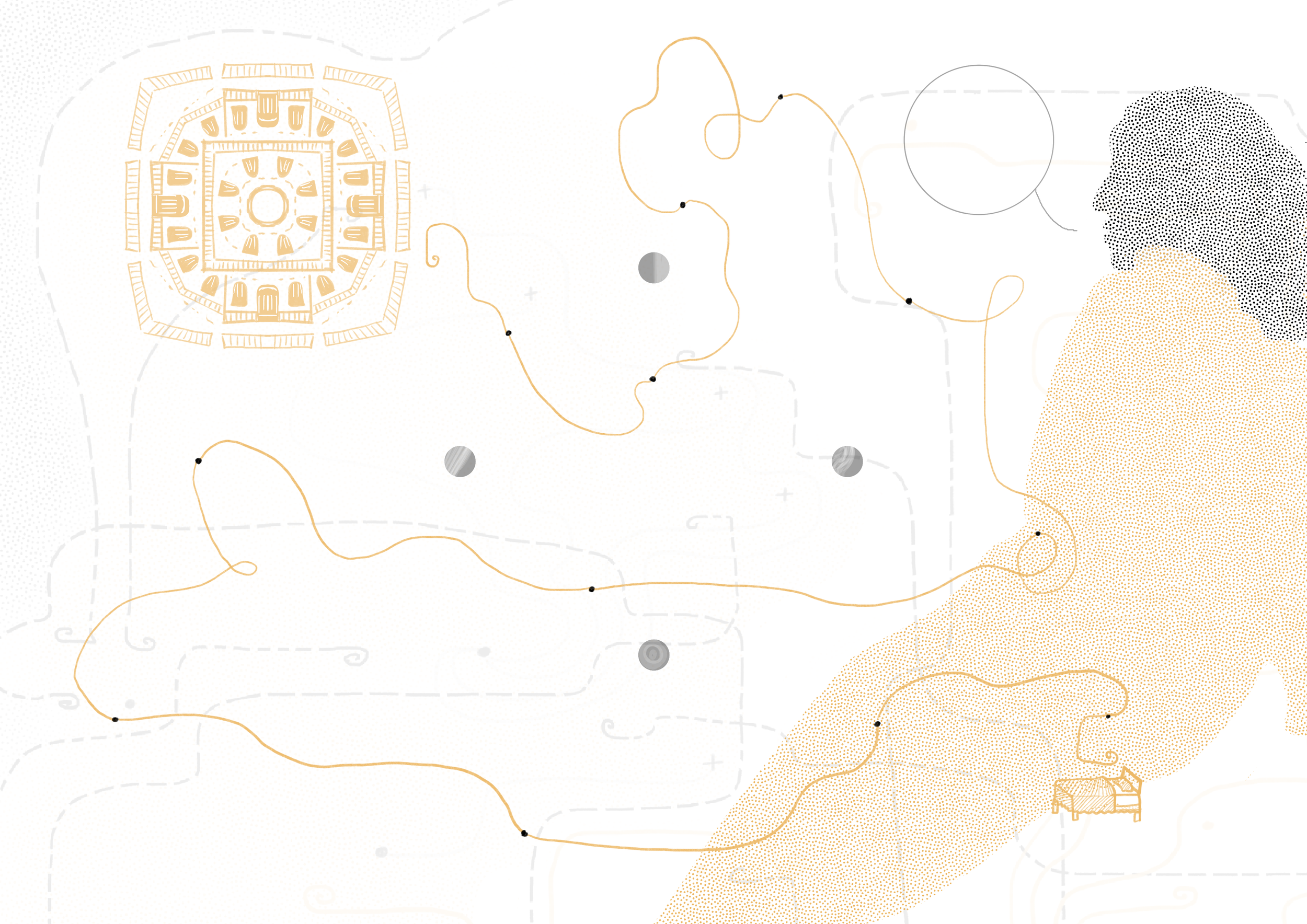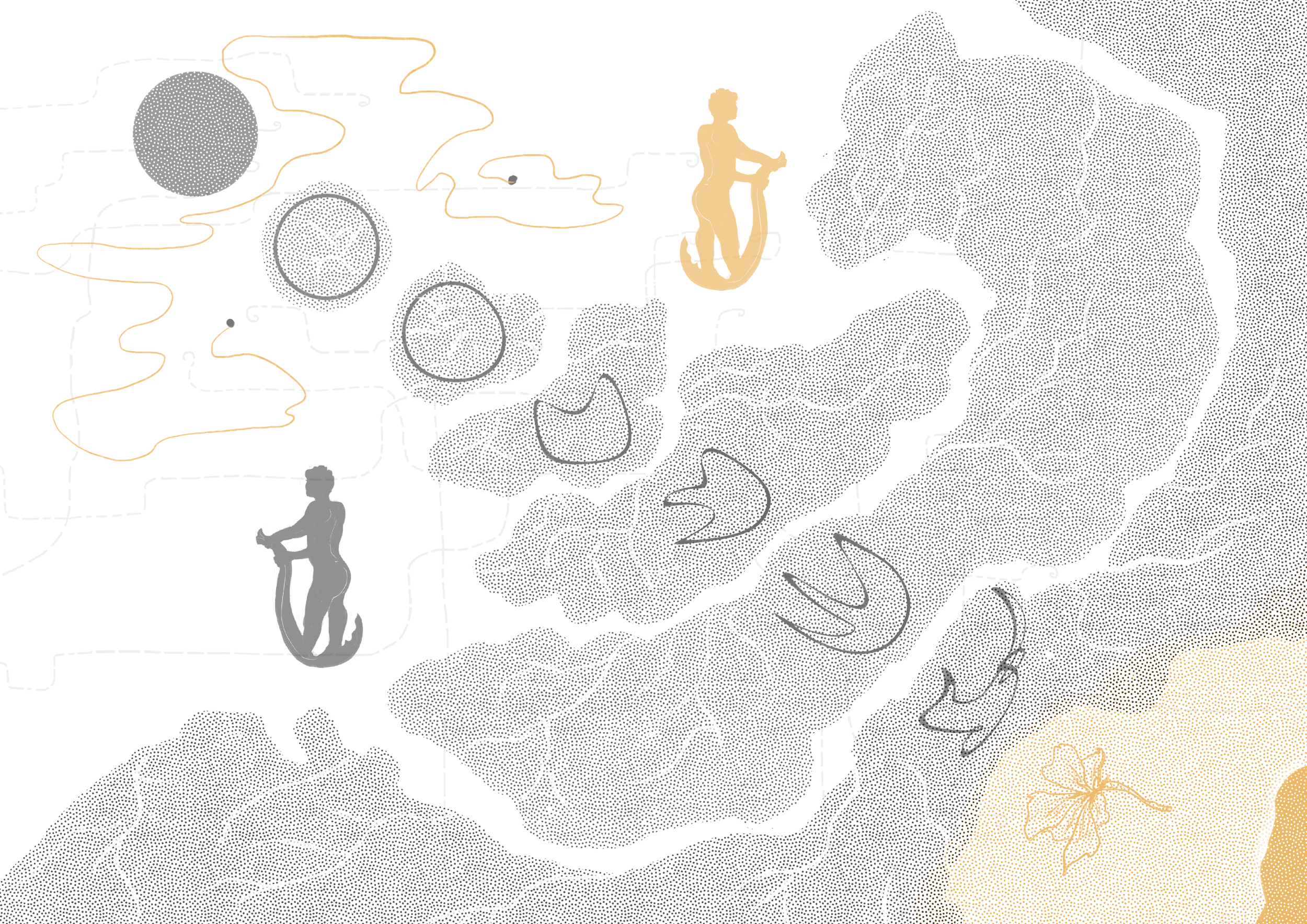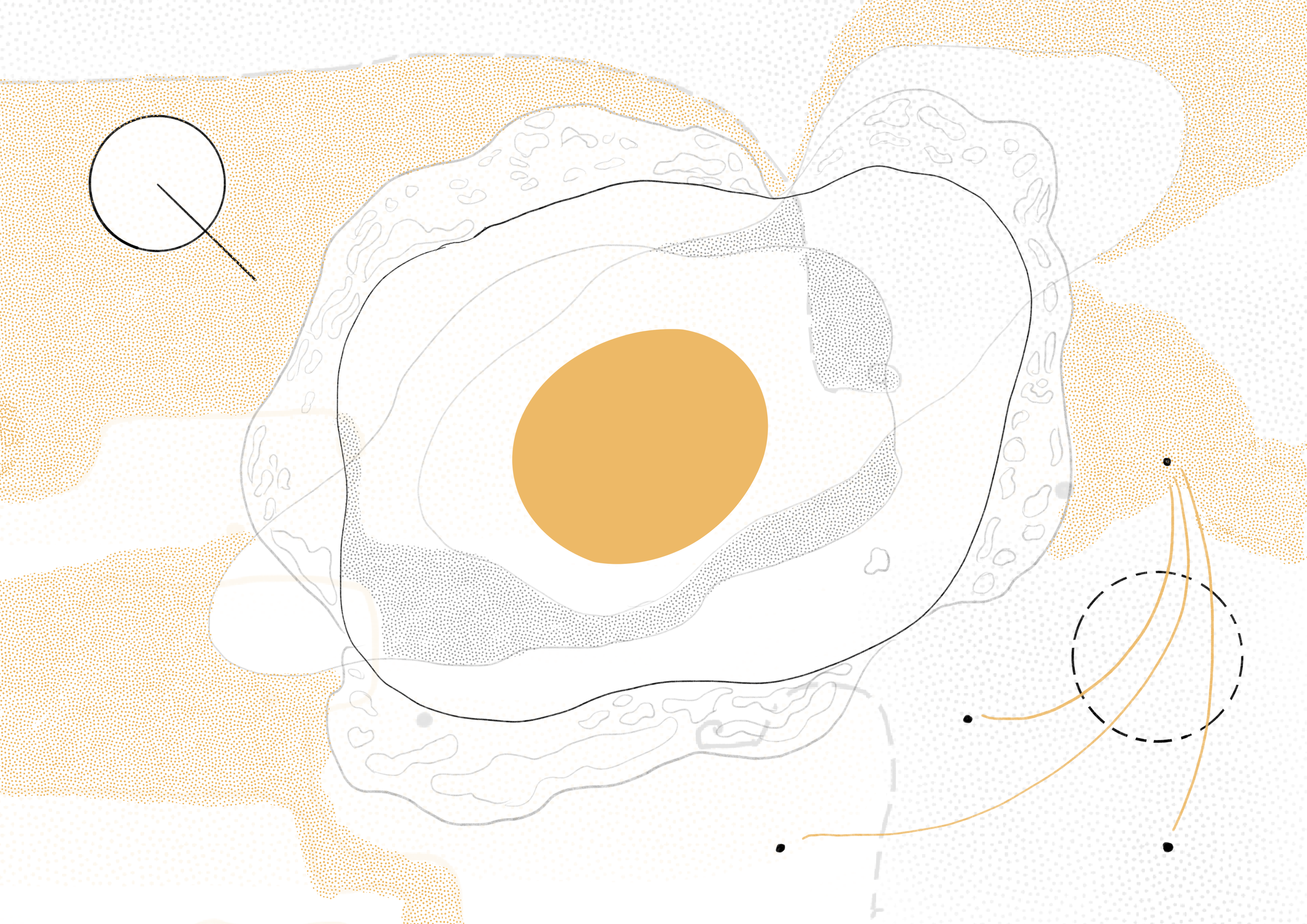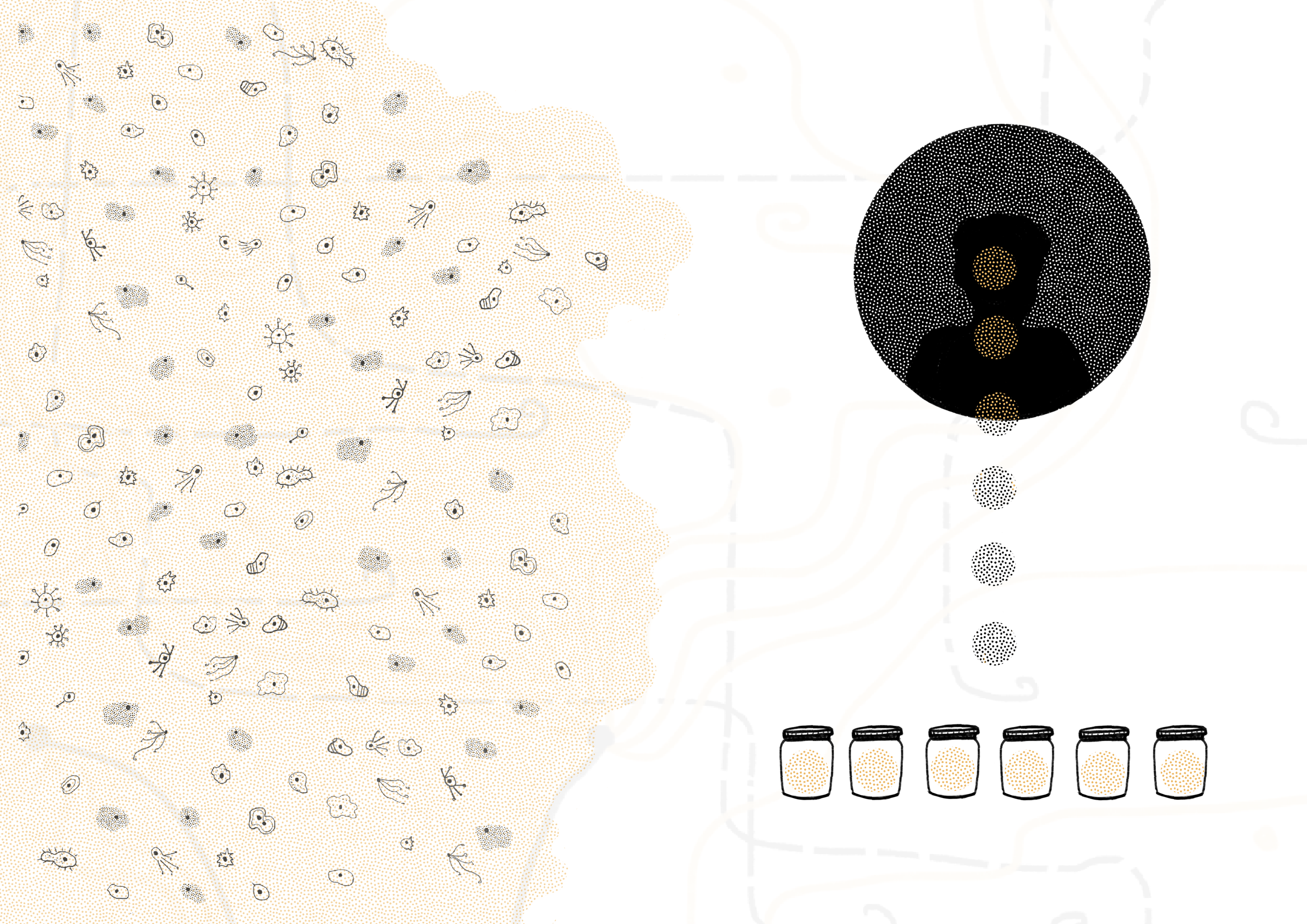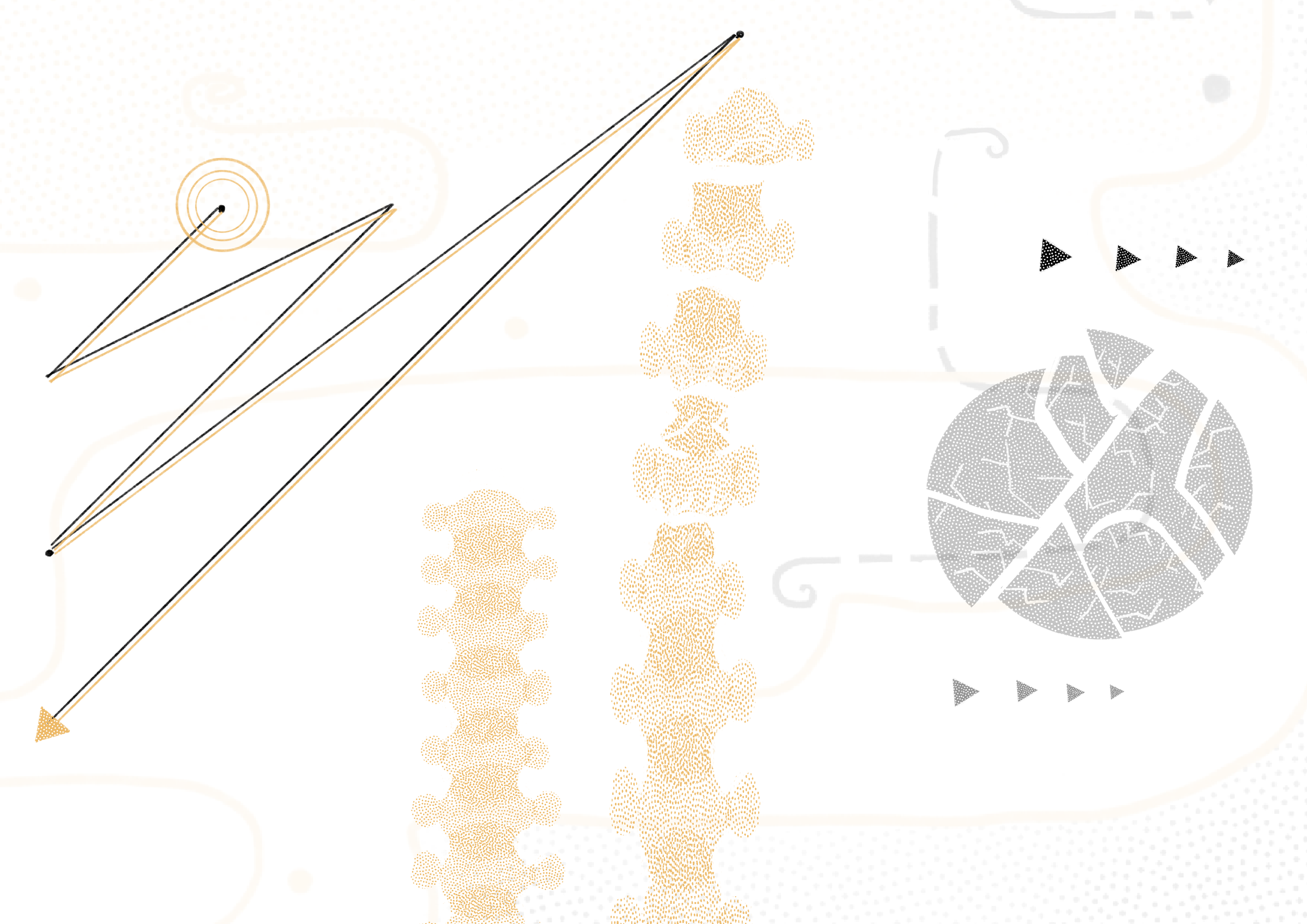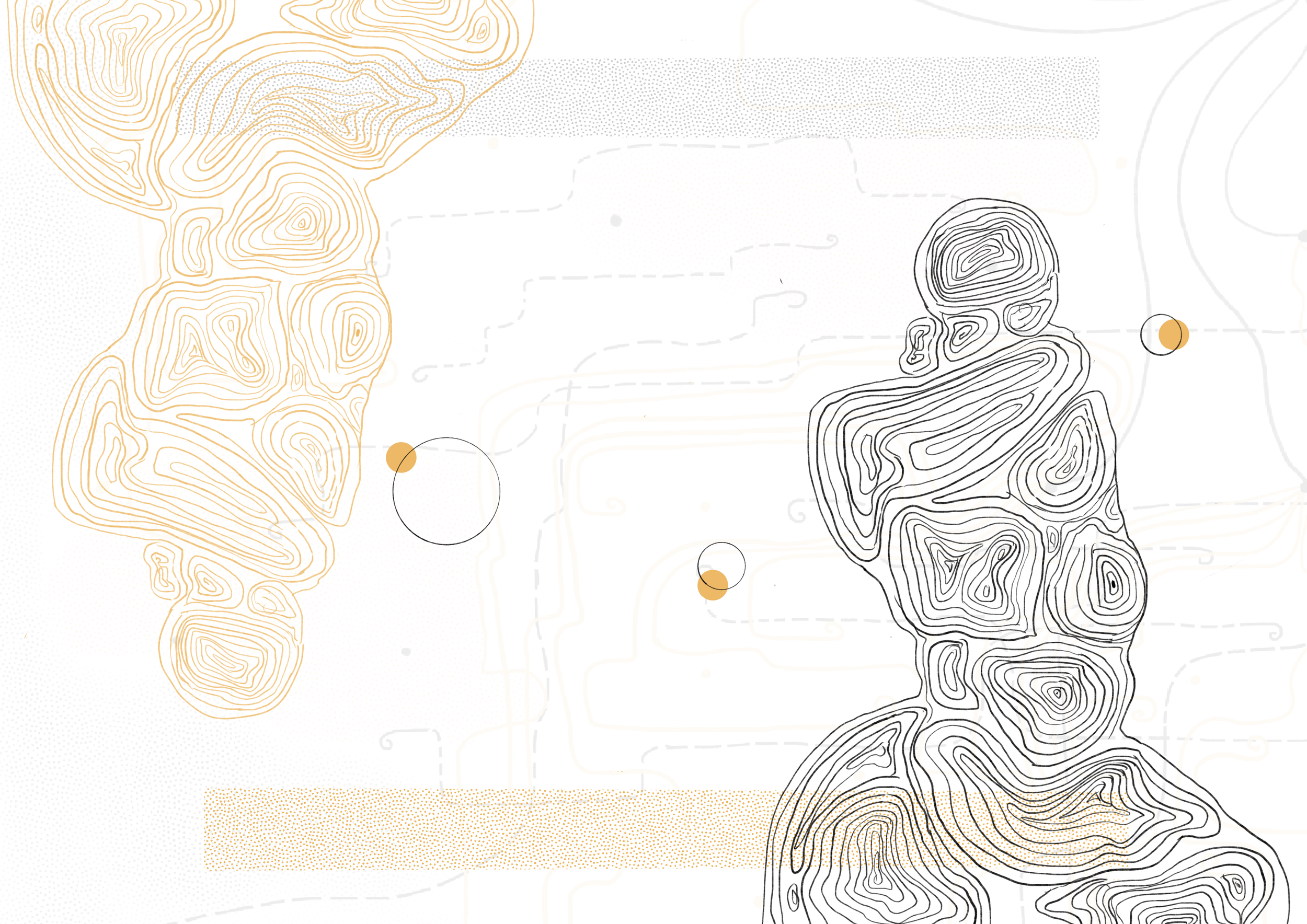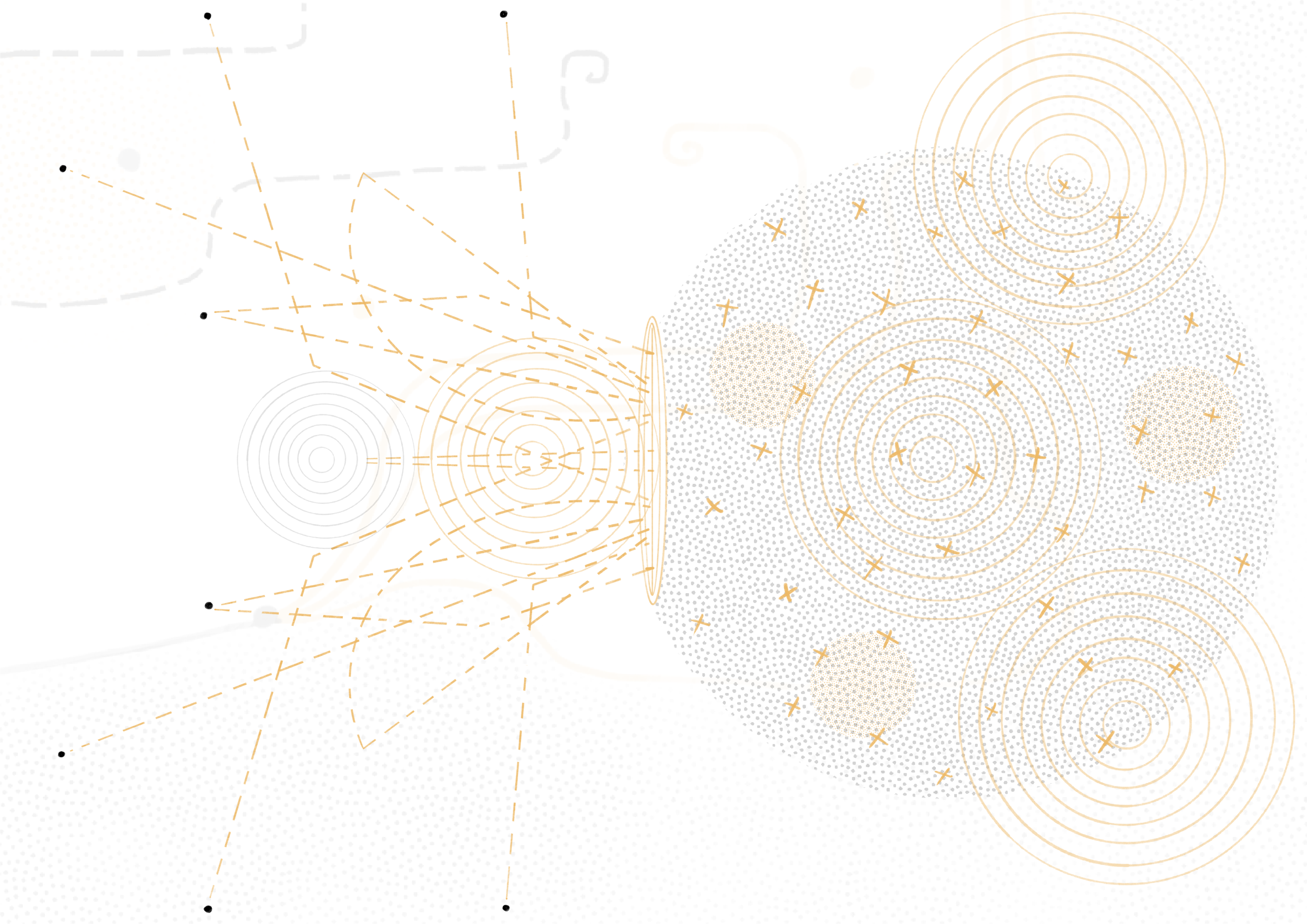An edition accrues over time. The etymological underpinnings of the term ‘edition’ gesture at acts of ‘giving’, ‘producing’, or ‘bringing forth’, doing so ‘out of’ or ‘from within’ bodies and repositories of people, ideas and images. Last-ing has been several years in the making, starting from murmurs in 2020, to a proposal in 2021, and finally, an edition with 12 works spanning writing, video, and photographs in 2022. What it has meant to us has changed constantly; imagined in a shaky post-pandemic moment, it now manifests as the intention to endure, to remain, to leave traces. To last, leakily.
Indent originated as a project of Gati Dance Forum, a dance organization in New Delhi. It was set up with the intention of exploring the relationship between the body and performance, with its mapping of this performative body expanding across space, time, and disciplinary boundaries with each edition. In 2022, Indent is imagined with collaborators working across time zones. Besides furthering an engagement with a performative and embodied imagination, it has also allowed us to consider what it means to edit and publish a ‘journal’. In making space for various textures of ‘writing’, from the diaristic to the academic to the visual, it can no longer rely on uniformity as harmonizing force, in using the same citation system, or models of ‘blind’ peer review. Journals are messy, leaky affairs, and Last-ing stays true to this confusion.
Moving away from a more conventional system of peer review that we implemented in previous editions, where external reviewers responded to contributors, this year, we set up peer review groups with contributors from the present edition, where they responded to each other’s work. This allowed long conversations to unfold between contributors, who then took some of that feedback into revised drafts of their work.
Instead of being released in a single drop of 10-12 works, this year, Indent releases 2-3 works per week, to allow readers to spend dedicated time with each of the works. This means that there is a shift in how the editors introduce the issue. Instead of doing a single introductory note, we write episodic texts each week.
How does a journal constitute itself? ‘Mapping’ how the 12 works speak to each other has been a large part of this year’s editing process. This included working with illustrator Alia Sinha to visualize a mind-map of the edition. The map takes many forms, appearing as a GIF and a series of still images that are further broken down into detailed segments as we release each work.
